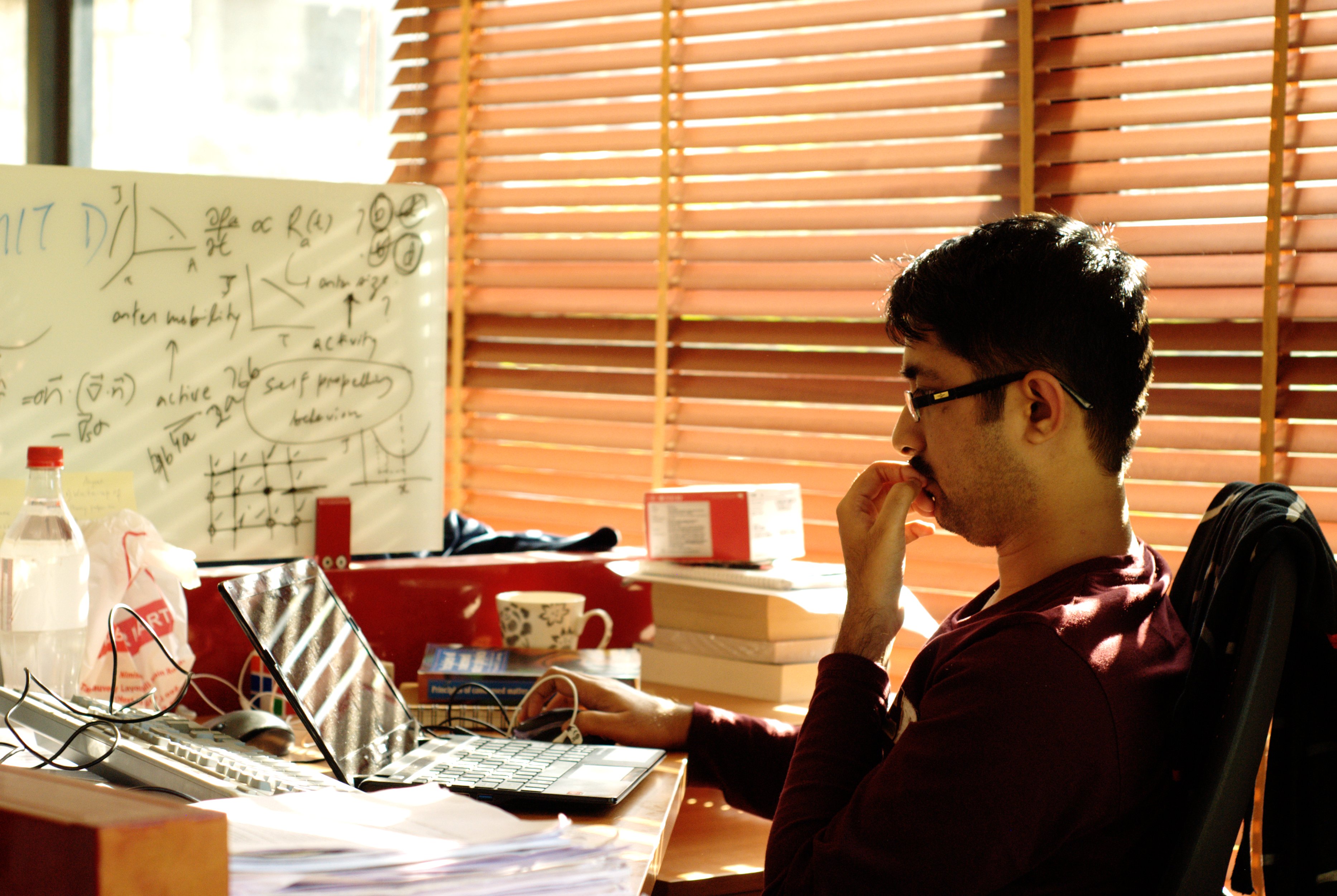MPS Enhances International Giving
The Simons Foundation Mathematics & Physical Sciences (MPS) division increased its targeted grant-making activities to international institutions, building on an already substantial outreach effort to support high-level basic research in quantitative scientific fields. MPS this year awarded grants to ten institutes around the globe, from the Middle East, Russia and India to China, South America and Europe. “MPS’s focus is on institutes that have high visibility scientifically,” says Yuri Tschinkel, director of Mathematics and Physical Sciences. “There is also a geographic diversity that we are striving for. India and China have been at the forefront of pure math research for many years, and Brazil is a powerhouse as well.”
The targeted institutional grants are not designed to replace the funding that these prominent institutes already have, but rather to enable new activity. “We always look at the impact of our gifts. And we have been getting a lot of positive feedback from scientists visiting these institutions — so we’re on the right track,” Tschinkel says.
The four institutional grants highlighted below illustrate the foundation’s geographically diverse—and diverse approaches to—funding mathematics and computer and physical sciences around the globe.
National Centre for Biological Sciences
Bangalore, India

One of MPS’s most ambitious grants went to India’s National Centre for Biological Sciences, a division of the Tata Institute of Fundamental Research. The funds supported the founding of a new physical institute, the Simons Center for the Study of Living Machines (SCSLM), which will bring theoretical physicists and computer scientists together with experimental biologists to focus on data-driven theoretical biology. The center’s research will exploit mathematical tools such as nonlinear dynamics, game theory and the theory of computation to investigate and describe cells and organisms as “living machines: imperfectly optimized products of natural selection which consume energy to achieve specific goals,” in the words of SCSLM’s mission statement.
The connections between theoreticians from other disciplines and biological experimentalists have been strengthening for the past decade, according to Mukund Thattai, director of SCSLM. “This is a very exciting time, reminiscent of the state of physics in the early 20th century,” Thattai says. “At one level, new kinds of biological experiments are generating massive amounts of data. But at a deeper level, biology is doing what it has always done: throwing up a constant stream of mysteries, revealing completely unexpected phenomena and tantalizing clues about how life works at all scales. Until recently, biologists had all the fun because they were the ones able to attack these deeper issues, while theorists were left to watch from the sidelines. This has changed now.”
Mathematical Research Institute of Oberwolfach
Oberwolfach, Germany
International collaborations between researchers can be difficult for even high-profile institutions to fund, but MPS grants allow the institutions to foster visiting scientists from anywhere on earth. The foundation’s grant to Germany’s Mathematical Research Institute of Oberwolfach (MFO) promises be especially effective, according to Tschinkel. The new Oberwolfach Simons Visiting Professors Program will support 40 researchers from outside Europe to attend one-week-long multidisciplinary workshops at MFO in combination with a research visit to a European University
“The Simons Visiting Professorships offer a unique opportunity to deepen ties between leading researchers from overseas and researchers in Europe and to follow up on research ideas generated at Oberwolfach workshops,” says Gerhard Huisken, director of MFO. “They create synergies in combining these in activities in a single overseas trip, thus allowing an optimal use of resources of all institutions involved.”
Tsinghua University
Beijing, China
Supporting collaboration between far-flung mathematicians is also the goal of the targeted grant to the Tsinghua University Education Foundation in China. The funds will support travel expenses of scholars from the United States and Europe to speak at weekly workshops at the Tsinghua Sanya International Mathematics Forum (TSIMF) in 2014. Past workshops have been attended by hundreds of world-renowned mathematicians, economists and scientists, including Fields Medal winners Vaughn Jones and David Mumford and Nobel Prize-winning physicist David Gross.
“The mission of [TSMIF] is to raise the level of mathematical research in China while providing a platform for scientific innovation by bringing together leading mathematicians and core researchers from related disciplines,” says Shiu-Yuen Cheng, chairman of the mathematics department at Tsinghua University. “Travel support is crucial to achieving this mission, especially in this era of dwindling grant supports. The Simons award will greatly facilitate these important international exchanges at the forum.”
International Center for Theoretical Physics (ICTP)
Trieste, Italy
Scientists and mathematicians in the developing world can all too often feel isolated from their peers — a problem that the late Nobel Prize-winning Pakistani physicist Abdus Salam experienced directly and sought to mitigate 50 years ago by founding the Associate Scheme at
ICTP. Associateships provide travel and living expenses for promising scientists in the developing world to visit ICTP three times for up to 210 days over six years. In 2013, a new category of Simons Associates was created to expand the ICTP Associate Scheme. “Simons Associates will be able to use part of their funds to bring postdocs or students with them to ICTP,” says Fernando Rodriguez Villegas, director of the Associates Scheme. “It allows some more flexibility for the associates, and it makes the program better as a whole.”
Although the Associates Scheme is one of ICTP’s longest-running outreach programs, Villegas stresses the importance of the Simons Foundation’s new support. “It’s a complicated balancing act to have a very high level of science being done at the institute together with helping scientists in the least-developed parts of the world, such as sub-Saharan Africa,” Villegas says. “It is sometimes difficult to understand what it’s like to come from an impoverished background as a scientist. Associates often tell us that the program is crucial for their careers. So ICTP is a godsend for an incredible number of people, and the Simons grant is a fantastic gift.”


